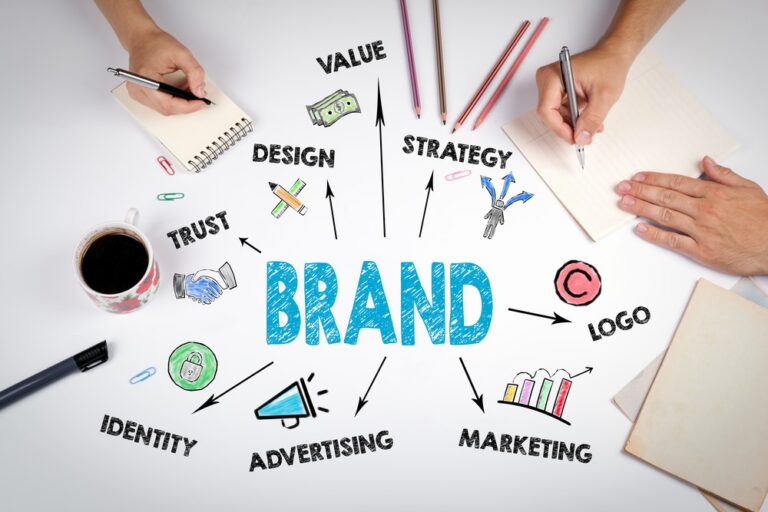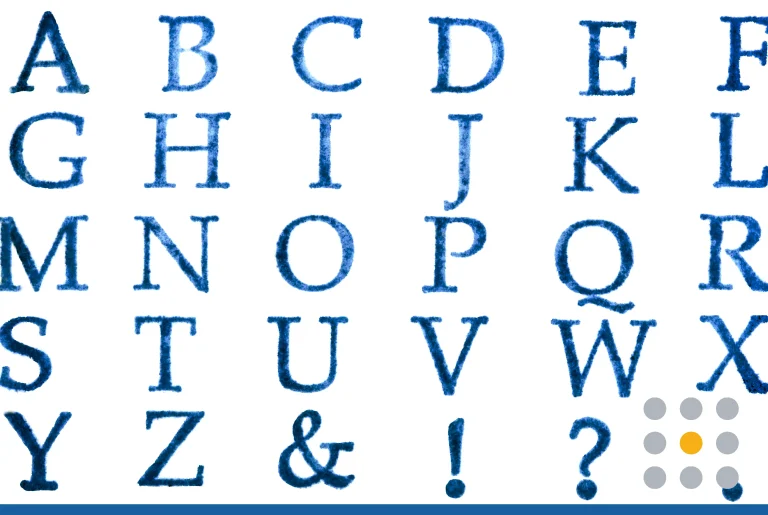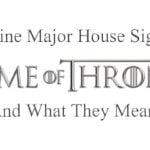Your logo has a big impact on your business. People who visit your website for the first time will look at the logo for about 6 seconds and form an impression about your company. That impression will determine whether or not they do business with you.
When you create a logo, you’re creating a visual identity of your entire business. Who you are, what you do, and what you stand for is summed up in one image.
Creating a logo that includes your brand personality is one of the most important things that you can do because your brand personality can help convey what your business is about.
Do you know how you can create a brand personality and apply that to your logo design? Keep reading to find out.
Do You Know Your Brand?
If someone were to ask you about your company’s brand, what would you tell them? Most small businesses don’t know how to answer that question because they never really thought about it before.
A brand isn’t something that’s just for the big business, but it’s for every business. A brand is the emotions that people feel when they think about your business.
For a couple of examples, we’ll turn to some billion-dollar brands. In the case of Nike, the brand is that anyone can be an athlete, and anything is possible.
Old Navy is a brand that represents a fun and very affordable shopping experience.
A brand is very powerful in the minds of buyers.
Did you know that a brand can influence how people perceive the smell and taste of food? One study showed that if you tell someone what the brand is if they have a positive association with the brand, the food will be good. If there’s a negative association, the food will taste bad.
Interestingly enough, in a blind taste test, good and bad brands scored the same.
You can start to create your brand by asking yourself what you want people to feel when they think of your company. It can be anything like happiness or security, like IBM.
You can dig deeper into your brand by answering these brand-building questions. These questions will give you clarity about your brand and your company.
Is your brand that important? Absolutely! Understanding your company, your audience, and your brand are essential parts of your business foundation. You’ll be able to create a marketing campaign with messaging that matches your brand with your audience. That’s how you build a successful marketing campaign.
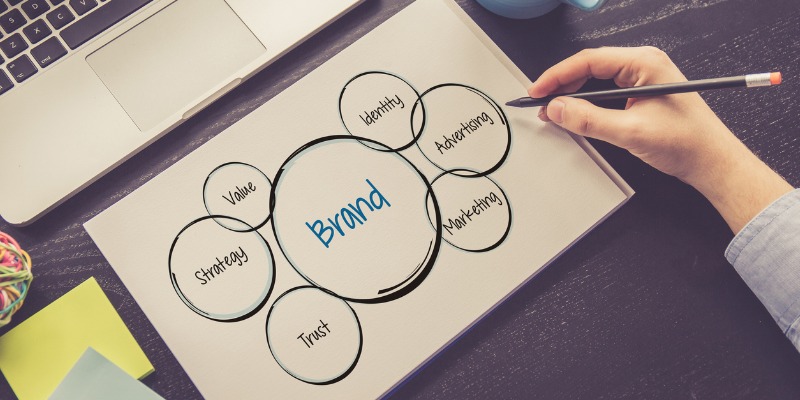
What is Brand Personality?
Here’s the simple answer to this question. Your brand personality is what happens when you treat your brand like a person.
For example, if your brand was a person, would they be male or female? You’re turning your brand into a person by asking that.
You might think that brand personality is one of those terms that is overused in marketing. It’s actually a necessary thing to have when you’re trying to set your company apart from the competition.
If you have a business that does the same thing or sells the same product as hundreds of other businesses, you have a few ways to set yourself apart. You can say bad things about the competition, which will turn consumers off. You can have the lowest price, but that won’t give you a very profitable business.
You can use a brand personality to create a brand that customers can relate to. For example, if your customers are high-end shoppers and your brand personality is also a high-end shopper, you can create a brand that your target audience can easily identify with.
Define Your Brand Personality
How do you create your brand personality? Think of this exercise like creating a fictitious character. This character is your brand personified.
Here are the top questions you want to ask yourself:
- Is your brand male or female?
- Where do they shop?
- What do they buy at the grocery store (organic, anything on sale, etc.)?
- What kind of books does your brand read?
- What kind of car does your brand drive?
- What does your brand wear?
- Where does your brand love to go on vacation?
- What does your brand do for hobbies (gardening, read, play sports)?
- What period of time does your brand live in (1960s, current times, Victorian era, etc.)? Why?
- What’s your brand’s favorite song?
- Create your brand’s playlist.
Do you see how much your brand personality has in common with your target audience? There should be a lot of alignment between the two.
You can take your brand personality a step further by putting it into a brand archetype. These are common psychological traits coined by Carl Jung. These traits are put into 12 different personality types. Marketers have taken these personality types and created 12 brand archetypes.
Now, it’s time to create a logo based on your brand personality.
Create a Logo with Brand Personality
With a logo, you’re taking the essence of your brand and your brand personality to create an identity of your company. You’re combining visual elements like color, typography, shapes, images, and whitespace to express your brand’s personality in a visual way.
Color
The color of your logo will say a lot about your brand. Color influences how a brand is perceived because different colors have different meanings and perceptions. This is known as color psychology.
Blue is often seen as a color that conveys trust, security, and strength. Yellow is a color that is warm, happy, and at times can mean caution.
If you have an international company, you will have to take cultural interpretations of color into consideration. For example, yellow in North America is widely seen as a color of happiness, in Latin America, it’s a color of mourning.
You want to make sure that the colors of your logo are consistent with your brand’s personality across all cultures.
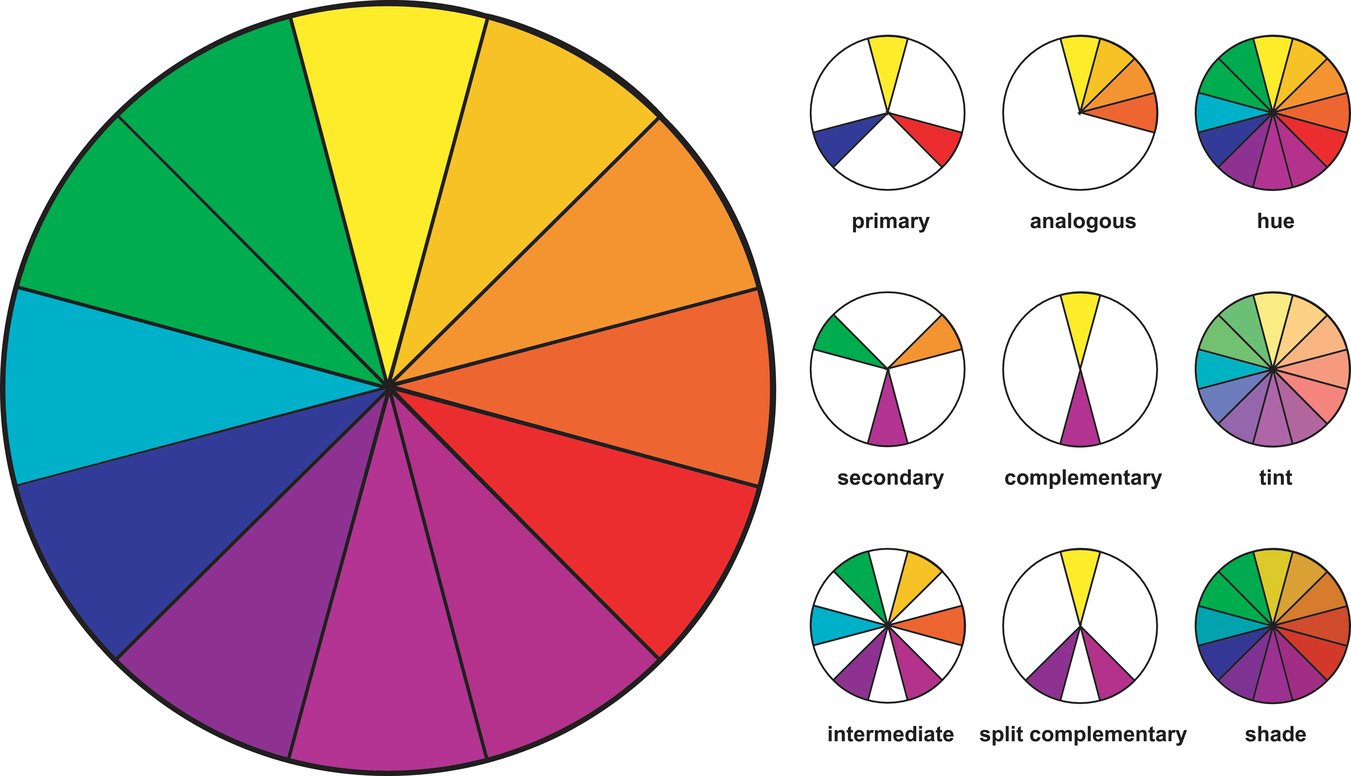
Typography
There are two types of typography that are commonly used. The first is the serif font. This is the type of font that is more formal. It’s commonly referred to as a typewriter font.
Sans serif is the type of font that is used to convey a modern look. You’ll see sans-serif fonts online because they tend to be easier to read.
Shapes
Even the type of shapes and the angles of shapes influence the perception of a logo. A circular logo is more approachable and comfortable than a logo with sharp angles. Researchers noted that a company that has a circular logo would be more empathetic towards its customers.
Whitespace
Do you know what whitespace is? Whitespace is called negative space or empty space. In your logo design, you might be tempted to have your logo space completely filled with text, color, and images.
That may not be a bad thing, but it needs to be consistent with your brand personality. For example, if your brand personality is sleek and modern, you want to use very few elements in your logo. You can use whitespace to draw the eye to the main elements of the logo.
Images
Images are often processed quickly in the brain, in as little as 100ms. That’s in the blink of an eye. If you choose to use images in your logo, you want to make it consistent with your brand personality. For example, if your logo has an image of a person, it should be consistent with your brand personality.
Reviewing Your Logo
The most important thing to remember about logo design is that it takes time to develop. You rarely get it right the first time out. Take the time to test your logo and make improvements.
The first thing that you can do is to print it out and put it on places
You may find that on letterhead and t-shirts, the logo looks cluttered. Take an objective look at your logo and determine what can be removed from your logo to create a simpler and cleaner look.

Your Logo Starts with Your Brand
One of the top mistakes that businesses make is that they design their logo without considering what their brand personality is. Your brand is what creates the connection between your business and your customers.
The more they can identify with your company, the more likely they are to turn to your business for products and services.
When you use your brand personality to create your logo, you’re creating a consistent brand identity that will stick in the minds of your audience. There will be no doubt as to what your company is about. All you have to do is deliver on that promise.
Are you ready to create your brand personality and logo? Take the first step to create your logo today.
